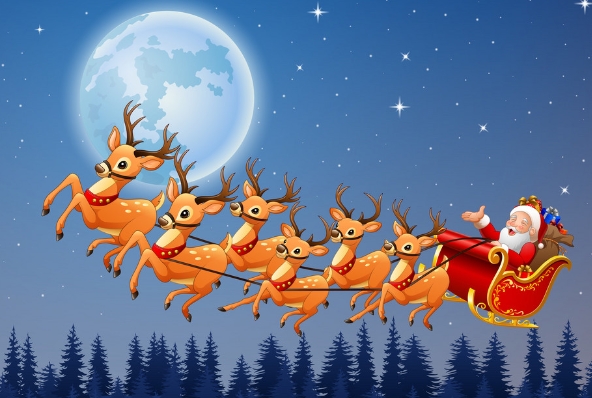When it comes to the holiday season, one of the most iconic figures is Santa Claus and his trusty reindeer. Over the years, their names have become synonymous with Christmas cheer and magic. But how exactly did these reindeer and their names come to be?
Origins of Santa’s Reindeer Names
The notion of Santa Claus and his reindeer dates back centuries, but it wasn’t until the 1823 poem “A Visit from St. Nicholas” (more commonly known as “‘Twas the Night Before Christmas”) that the names of Santa’s reindeer were first mentioned. The poem, written by Clement Clarke Moore, introduced us to Dasher, Dancer, Prancer, Vixen, Comet, Cupid, Donder, and Blitzen.
The Addition of Rudolph
It wasn’t until 1939, however, that the most famous reindeer of all, Rudolph, was introduced to the world. Created by Robert L. May for a promotional book for Montgomery Ward, Rudolph’s story of his glowing red nose and his inclusion in Santa’s sleigh team captured the hearts of children everywhere.
The Evolution of the Reindeer Names
Over the years, the names of Santa’s reindeer have become ingrained in popular culture, appearing in movies, songs, and decorations. While the original names have remained consistent, there have been variations in spelling (such as Donner instead of Donder) and additions of other reindeer, such as Olive, in certain adaptations.
The Legacy of Santa’s Reindeer Names
Today, the names of Santa’s reindeer are a beloved part of Christmas folklore, symbolizing the magic and wonder of the holiday season. Whether you prefer the traditional names or the newer additions, one thing is for sure: Santa’s reindeer will always hold a special place in our hearts during this festive time of year.

